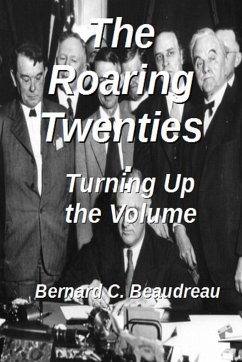In this Volume, the various measures taken by successive Administrations to fully utilize the new-found potential are examined critically. These include the Smoot-Hawley Tariff Act of 1930, the National Industrial Recovery Act of 1933 and the National Labor Relations Act of 1935. The readings in this case consist of my own published work on the topic over the course of the past decade. The articles in question set out to do two things, namely situate the relevant policy measure in the appropriate historical context, namely the presence of output gaps, and second, evaluate the efficacy or wisdom of the proposed policy measures. For example, contrary to popular belief, the Smoot-Hawley Tariff Act was a response to growing excess-capacity-related stagnation in the form of unemployment. Evidence is presented which shows that the output gaps referred to above were clearly on the minds of Ranking Republicans at the Kansas City National Convention in June 1928.








